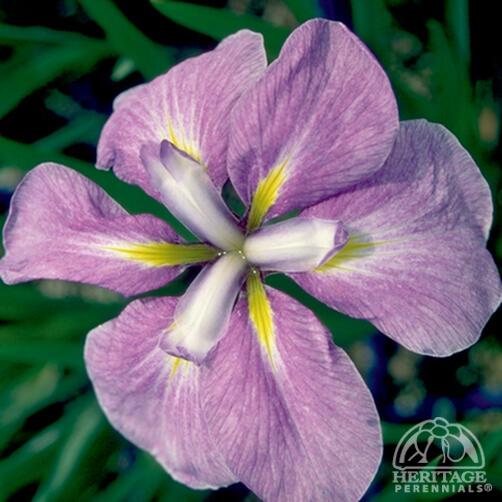Iris ensata maroon-red selection
Japanese Iris |
USDA Zone: 4-9 |
Plant number: 1.288.200
Japanese Iris have been treasured in Japan for centuries, with many excellent hybrids selected over time. They require neutral to acidic soil, and lots of moisture until blooming time is over. Plants will be happy at the waterside, and can even be grown in pots sitting in water. This selection forms a vigorous clump of grassy leaves, bearing large drooping flowers in shades of dusky raspberry-plum to maroon. Great for cutting. This will need to be divided every 3 to 4 years in late summer. Fertilize in spring and again just after flowering is over. CAUTION: Harmful if eaten.
Further details for
Iris ensata maroon-red selection
Optimal Growing Conditions
Sun Exposure Full Sun or Partial Shade
Soil Type Normal or Clay
Soil pH Neutral or Acid
Soil Moisture Average or Moist or Wet
Care Level Moderate
Appearance and Characteristics
Flower Colour Mixed Red
Blooming Time Early Summer Mid Summer
Foliage Color Deep Green
Plant Uses & Characteristics Accent: Good Texture/Form Attracts Butterflies Border Containers Cut Flower Deer Resistant Rabbit Resistant Poisonous/Toxic Specimen Waterside
Flower Head Size Very Large
Height 75-120 cm 29-47 inches
Spread 45-60 cm 18-23 inches
Foot Traffic None
Growth Rate Medium
Disclaimer: This information is presented for reference only. This plant is not currently part of our Heritage Perennials lineup.
|






